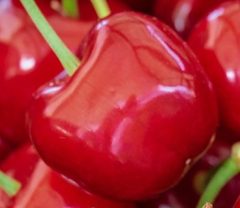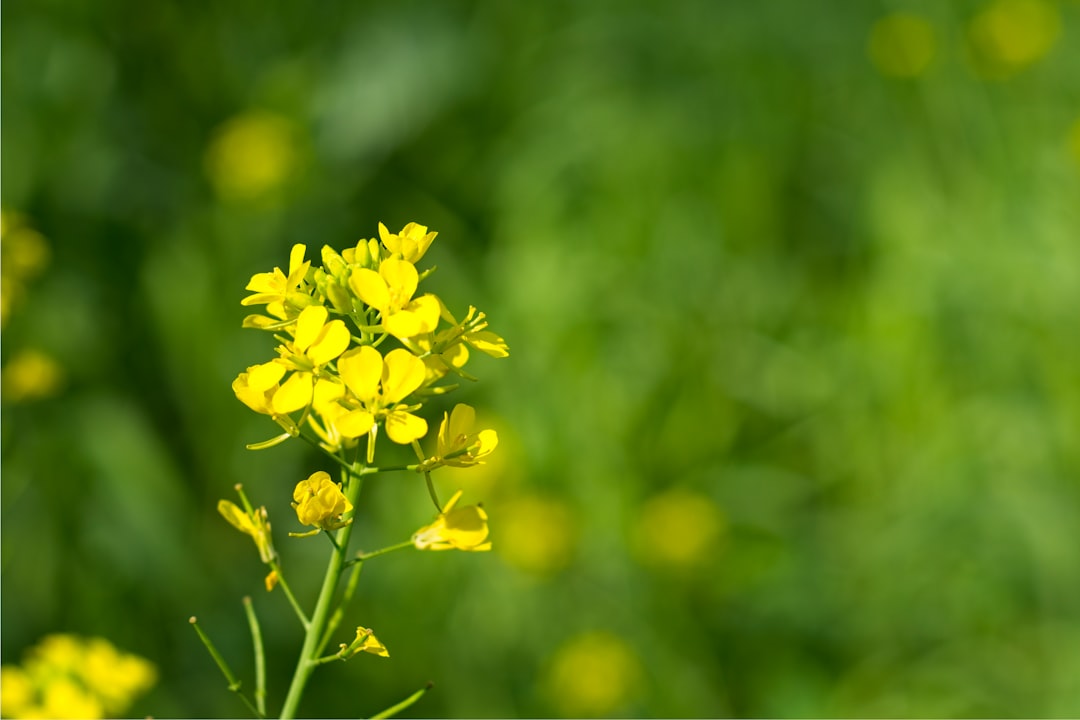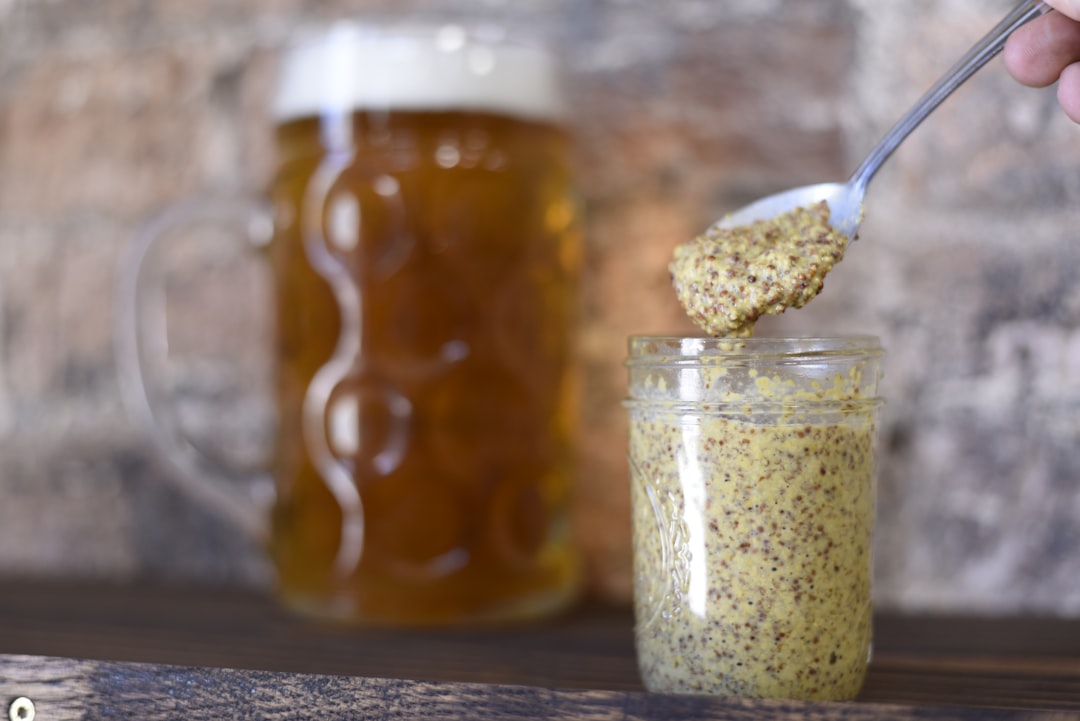A unique item called mustard, a widely popular condiment, comes in various flavors and types. Two of the most commonly used varieties are brown mustard VS Dijon mustard. Even though they may seem similar, there are various differences between the two. we will delve into the characteristics, flavor profiles, and culinary applications of brown and Dijon mustard, helping you make informed choices when incorporating these mustard varieties into your dishes.
1. What is brown mustard?
Brown mustard is the seed of a mustard plant which normally used in Asian kitchens to bring different tastes in dishes, scientifically known as Brassica juncea, is a type of mustard plant that is known for its pungent and robust flavor.
2. How is brown mustard processed?
Brown mustard seeds, known for their distinct flavor and versatility in culinary applications, are commonly used in their coarsely ground form. This grinding process results in a grainy texture that adds a delightful crunchiness to various dishes. Whether sprinkled over a crispy salad or incorporated into a homemade sauce, the coarsely ground brown mustard seeds infuse a robust and pungent taste that enhances the overall dining experience. With their rich earthy notes and slightly spicy undertones, these seeds are a staple ingredient in many cuisines around the world. The grainy texture of the coarsely ground seeds adds visual appeal and a satisfying mouthfeel to any recipe. So, next time you’re looking to elevate your cooking with a touch of complexity, consider using brown mustard seeds in their coarsely ground form to achieve that perfect balance of flavor and texture.
3. What are the flavor notes of brown mustard?
Brown mustard, with its sharp tangy, and slightly spicy taste, is a condiment that adds a burst of flavor to any dish. The unique combination of flavors in brown mustard creates a compelling experience for the taste buds. Its distinct nuttiness adds depth to the overall flavor profile, making it a versatile ingredient in various recipes. Whether used as a spread on sandwiches or as a dip for pretzels, brown mustard brings a delightful zing that elevates the overall taste of the food. This flavorful condiment is a popular choice for those who enjoy a bit of heat and complexity in their meals. Its burstiness on the palate is sure to leave a memorable impression, making it a must-try for any food lover. So, if you’re looking to add some excitement to your culinary creations, don’t miss out on the sharp tangy goodness of brown mustard.
.
4. What are the culinary uses of brown mustard?
Due to its intense flavor, brown mustard is commonly used in hearty dishes such as sausages, burgers, and marinades. It is also used in pickling and can add a zesty kick to salad dressings and sauces.
1. What is Dijon mustard?
Dijon mustard, named after the city of Dijon in France, is made from brown and/or black mustard seeds.
2. How is Dijon mustard processed?
Dijon mustard is made by finely grinding the mustard seeds and combining them with white wine or wine vinegar, resulting in a smooth and creamy texture.
3. What are the flavor notes of Dijon mustard?
Dijon mustard offers a sharp, tangy, and slightly spicy flavor profile, with a milder taste compared to brown mustard. It also has a subtle sweetness due to the addition of white wine or wine vinegar.
4. What are the culinary uses of Dijon mustard?
Dijon mustard is a versatile condiment that can be used in a wide range of dishes, including sandwiches, salad dressings, marinades, and sauces. It adds a touch of sophistication and depth of flavor without overpowering other ingredients.
III. Brown Mustard vs. Dijon Mustard: Key Differences
1. Flavor intensity:
Brown mustard has a stronger and more pungent flavor compared to Dijon mustard.
2. Texture:
Brown mustard has a grainy texture, while Dijon mustard is smooth and creamy.
3. Ingredients:
Brown mustard is made solely from brown mustard seeds, whereas Dijon mustard incorporates white wine or wine vinegar into its recipe.
4. Culinary versatility:
While both mustard varieties can be used in a variety of dishes, brown mustard is often favored in heartier and spicier preparations, whereas Dijon mustard is more versatile and can be integrated into various recipes.
Conclusion
In conclusion, understanding the differences between brown mustard and Dijon mustard can greatly enhance your culinary experiences. While brown mustard boasts a robust and nutty flavor that pairs well with hearty dishes, Dijon mustard offers a milder yet sophisticated taste, making it suitable for a broader range of recipes. Both mustard varieties bring unique elements to your dishes, so experimenting with them can unlock a world of flavors. Whether you prefer the boldness of brown mustard or the versatility of Dijon mustard, these condiments are sure to elevate your meals with their distinct characteristics. The Top 5 Tips To Stay Fit And Healthy Naturally




